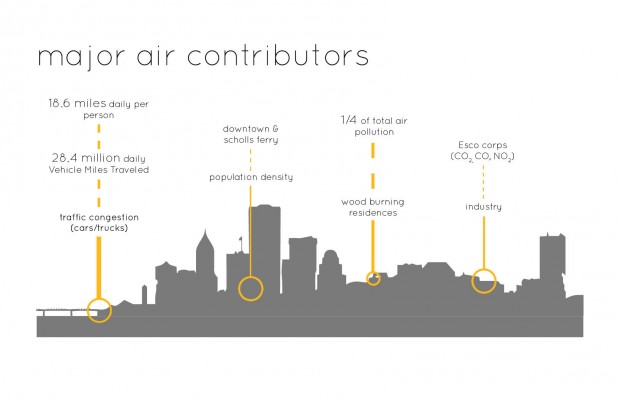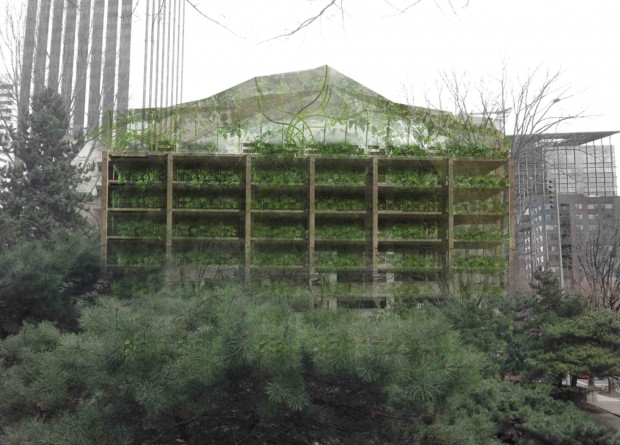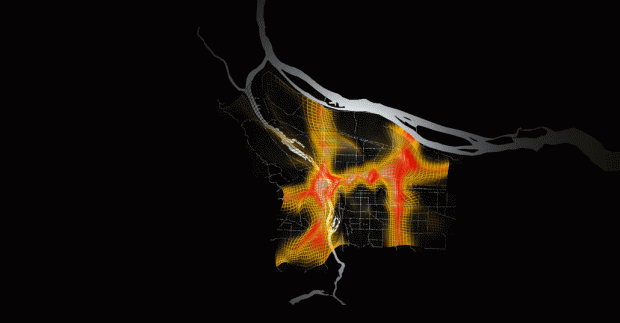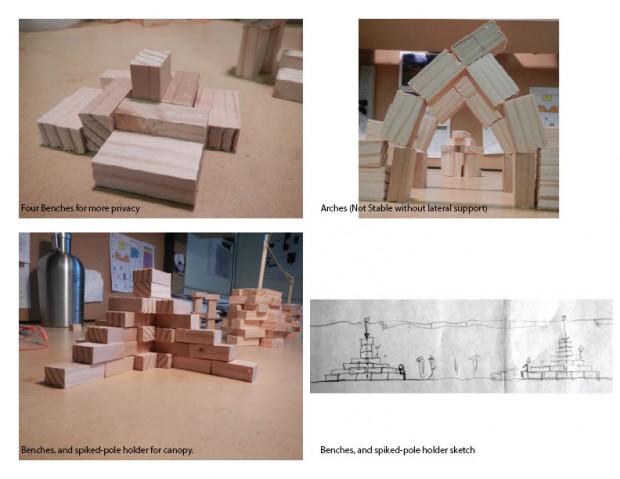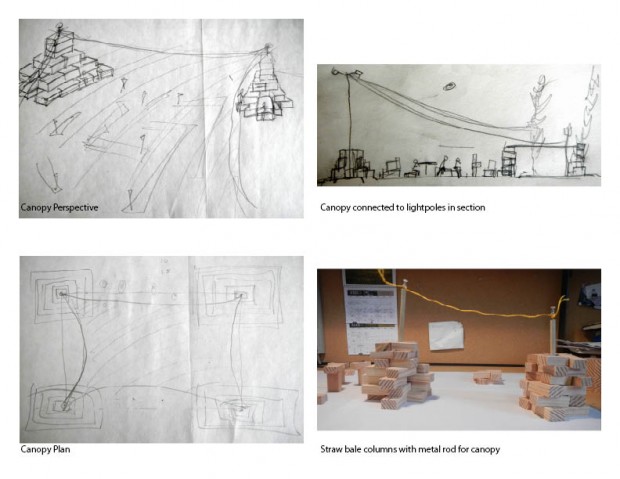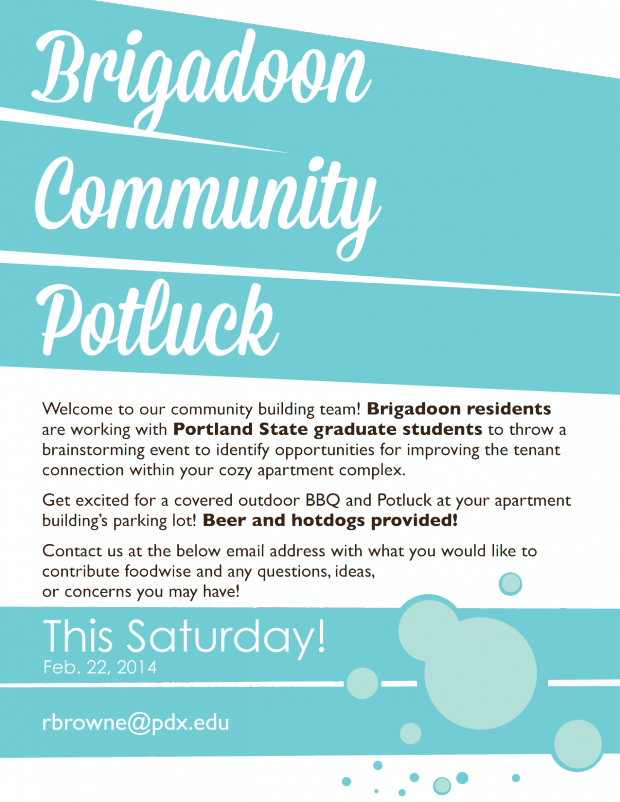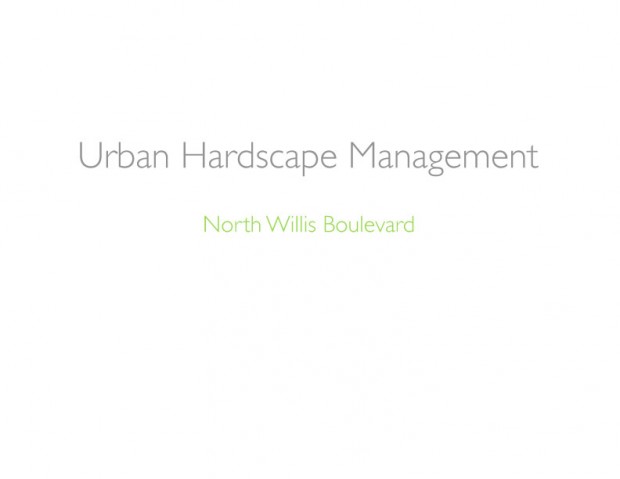Networked Urbanism
design thinking initiatives for a better urban life
apps awareness bahrain bike climate culture Death design digital donations economy education energy extreme Extreme climate funerals georeference GSD Harvard interaction Krystelle mapping market middle east mobility Network networkedurbanism nurra nurraempathy placemaking Public public space resources Responsivedesign social social market Space time time management ucjc visitor void waste water Ziyi

Sardinia UrbanLab – Spring 2013
Master Studio carried on during the spring semester at the Alghero School of Architecture, Urbanism, Architecture and Design Department, University of Sassari. Exploring the Nurra Region in Sardinia, the territory with the lowest population density in Italy, with 5 inhabitants per km². This Region is facing important challenges in order to develop within a sustainable model. Resources, waste, economy, social, mobility, landscape (natural+man made), urban voids, digital layer,… are the topics chosen as a starting point for a deeper understanding of the actual reality and future challenges of Nurra.
Objective: To increase public awareness of air quality and improve upon existing initiatives to allow individuals to positively engage with the information.
Our project aims to engage the public in a user friendly manner to help raise awareness and inform daily habits. It does this in three phases of involvement: (1) awareness: through the sensor grid; (2) engagement; through the online interface mapping; and (3) commitment; by engaging individuals in the cause to improve air quality and empowering them with personal monitoring devices.
This project lays a foundation for further implementation of air awareness initiatives in Portland, OR. (more…)
Water is a growing concern amongst the cultures of the world. In the northwest United States, particularly Portland Oregon where this focus exists, there happens to be an abundance of water at the time. This will not be the case for long as global warming and pollution have created awareness that our actions are finite. As design continues to advance, more focus is being given to rainwater capture on site. By containing the water that falls upon the site or structure, the water is able to be used for irrigation and other activities depending on the infrastructure set up to handle this run-off. The stormwater run-off is generally taxed in most cities based on the square footage of the site. This is to pay for the treatment of the water before it returns to the ecosystem. By filtering the sites own water money would be saved, eventually recouping the cost of the installation of the pollution control system. (more…)
What tools does a city have to create public spaces? One option is to develop the spaces themselves, another is to entice outside developers to build via zoning and incentives. Each approach has pros and cons, the struggle is finding the best solution given the specific needs of a community.
Some of the positive aspects of cities taking ownership of the development of public spaces are: The community has more control over the qualities of the final product, the public maintains ownership of the property, and it can be a possible revenue generator for the city. The negative aspects being: The project will be publicly funded and maintained, therefore subject to voter approval in many cases, it can take a very long time to work through the bureaucratic processes, and finding tenants or scheduling events is the responsibility of the city.
Some positive aspects of private development are: (more…)
Hunger is one of the greatest pressing global issue today; Unlike famines that receive emergency-aid, chronic hunger affects 842 million people to suffer from a silent, yet invisible predicament on a daily basis. Although America is known as the land of plenty, 1 in 6 Americans in the United States struggle with hunger. Many people believe that the problems associated with hunger are confined to small pockets of society, certain areas of the country, or certain neighborhoods, but the reality is much different; many hard-working adults, children and seniors who simply cannot always make ends meet are forced to go without food. (more…)
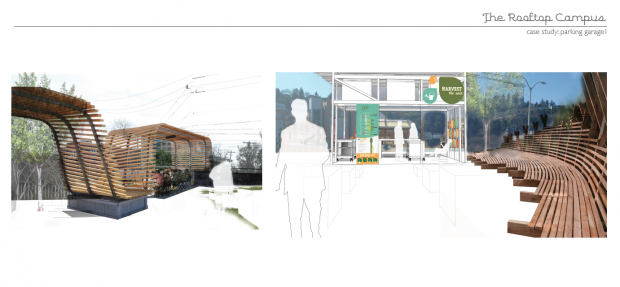
About 2047 students live in campus housing, of which only 400-600 students are freshmen. All freshmen that live in campus housing are required to sign up for a meal plan. The meal plan consists of a specific number of meals that they eat at Victor’s cafeteria (food is cooked there) in Ondine (one of the dormitories on campus) and dining dollars that they can spend at three different locations on campus; two coffee shops and a cafeteria that houses various food chains. All the food sources that fall under the meal plan are owned by Aramark (a company that provides services in food, facilities management, and uniforms) or have a contract with them.
The problem with the current food served by Aramark is it is processed and students do not know where it comes from. (more…)
The evolved sensor grid provides a comprehensive look of Portland’s air toxics throughout a day. The animation shows the flux of diesel related air toxics around the highly utilized, freeway areas. This shows the ‘interface’ that connects the physical city sensor grid to the individual device. Citizens will be able to connect directly to the ‘interface’ and gain information about their surrounding air contents. (click on image to see full screen animation)
Of the many hay bale configurations some of them are shown. They are meant to create public space, specifically focusing on a playground as a use. The following shows models, sketches and real-world tests of hay bales.
About 2047 students live in campus housing, of which only 400-600 students are freshmen. All freshmen that live in campus housing are required to sign up for a meal plan. The meal plan consists of a specific number of meals that they eat at Victor’s cafeteria (food is cooked there) in Ondine (one of the dormitories on campus) and dining dollars that they can spend at three different locations on campus; two coffee shops and a cafeteria that houses various food chains. All the food sources that fall under the meal plan are owned by Aramark (a company that provides services in food, facilities management, and uniforms) or have a contract with them. I surveyed freshmen that live on campus regarding their opinions about the food served at Victor’s in Ondine, the dining dollars and implementing a healthy, fresh and local food source into the freshmen meal plan. Their responses were as follows (for more detailed response check the images below): Food at Victor’s: about 44% think its okay and 33% would not eat it if they did not have to pay for it. Dining Dollars: about 51% love them. Healthy, fresh, local food source: about 72% think it is a great idea. I am suggesting to add a third category to the meal plan package. It is a point system, where each student receives a specific number of points to start with and uses them to buy produce from a community garden on campus and then prepares the food in a community kitchen. Students earn points by teaching other students how to cook something (this will add an educational and cultural layer), help clean up the kitchen, or help maintain the garden. The students will then spend the points earned in the community garden and the cycle continues. This strategy could be applied to a number of buildings on campus, but my investigation will begin with the Broadway building because it is where most freshmen live on campus. There will be four programs, the first is an educational promenade. The promenade acts as a connective tissue between the other two programs. It will have seating integrated into it so that students have space to eat the food they collaboratively cook. The other two programs are a community kitchen and a edible community garden. The case studies shown below each reflect a certain characteristic that I want to incorporate into the design.
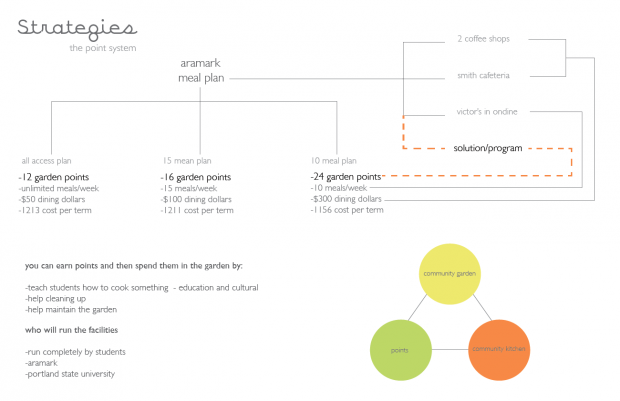
In preparation for throwing our community engagement event, we created a draft of a flyer which we would give to each resident in the Brigadoon inviting them to attend and contribute ideas and food.
It has been necessary to maintain flexibility in our process and continually reevaluate our method as new obstacles arise. This event may or may not happen as planned as time constraints and property owner concerns make it less feasible.
« Previous 1 2 3 4 5 6 … 12 Next »
